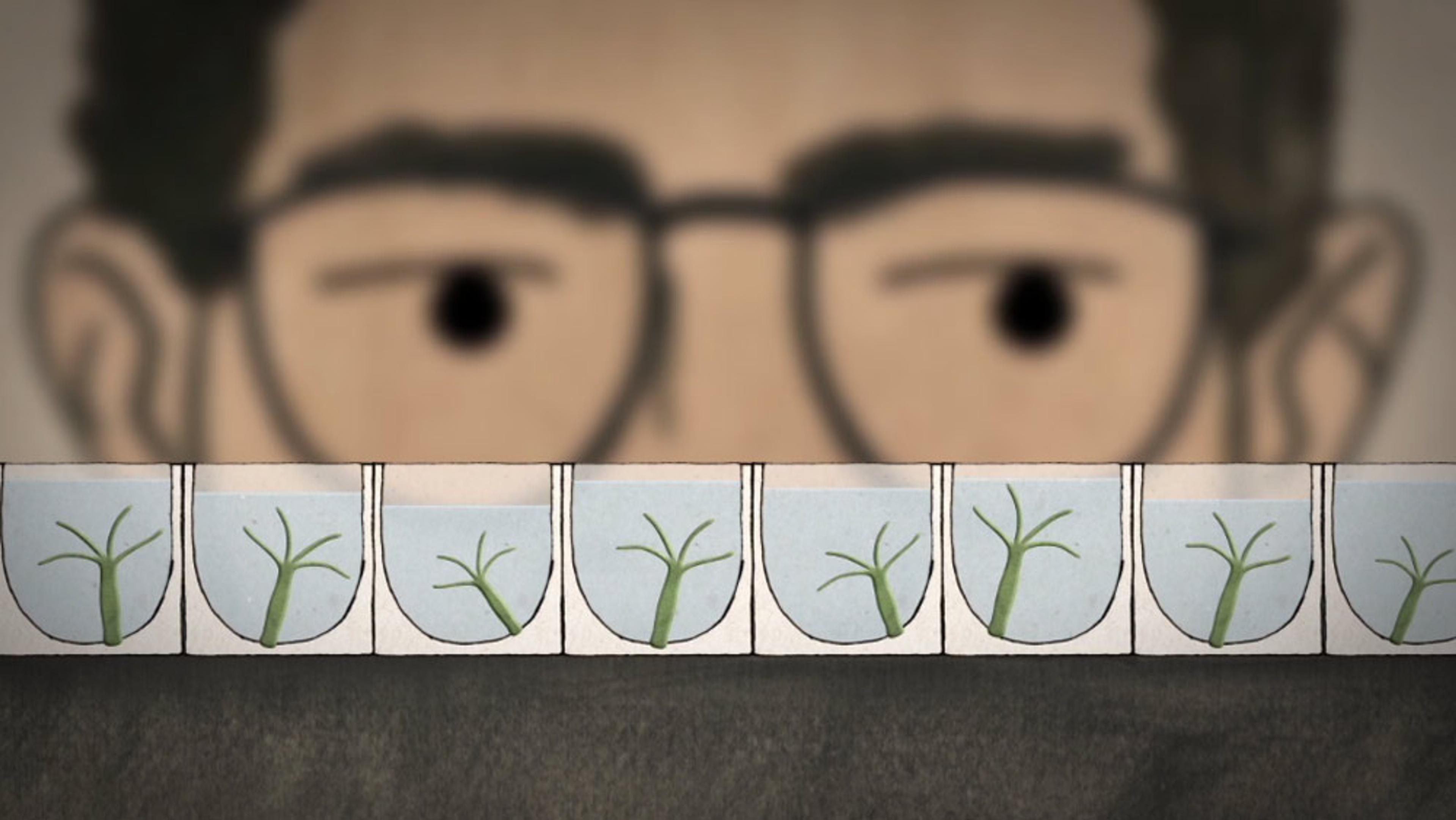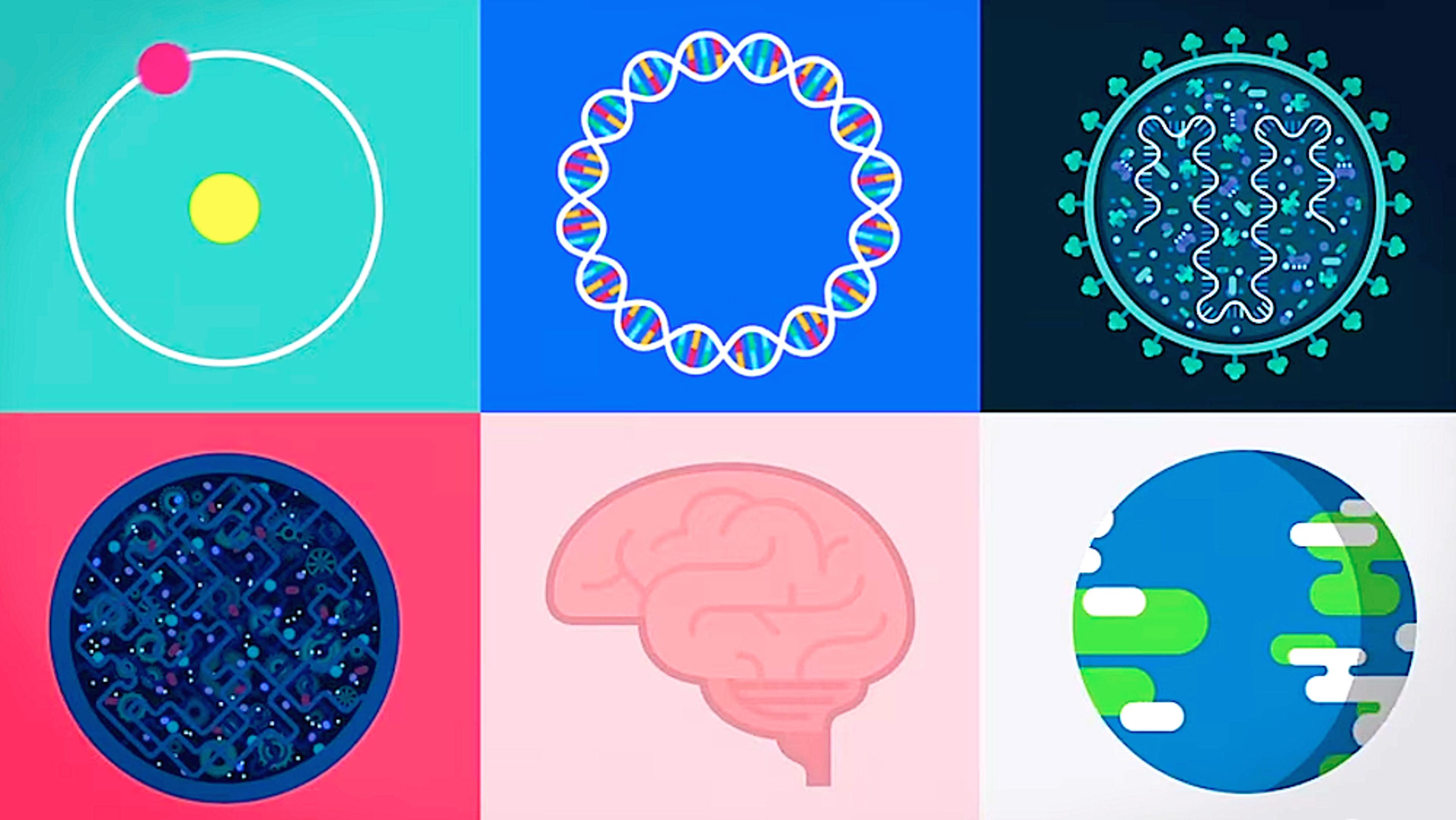Following the death of relatives or members of their group, many nonhuman animals act in abnormal ways. From a human perspective, these unusual behaviours, such as staying with the dead for days, can resemble something like grief. But is this a case of projection, or simply in line with decades of scientific research eroding the idea of human exceptionalism? Taking viewers through a series of fascinating examples and studies, this TED-Ed animation brushes up against the edges of our current understanding of grief in nonhuman animals, as well as the ethical implications that these limits have for how we treat animals today.
We’re not the only animals that appear to grieve. What are the implications?
12 September 2024
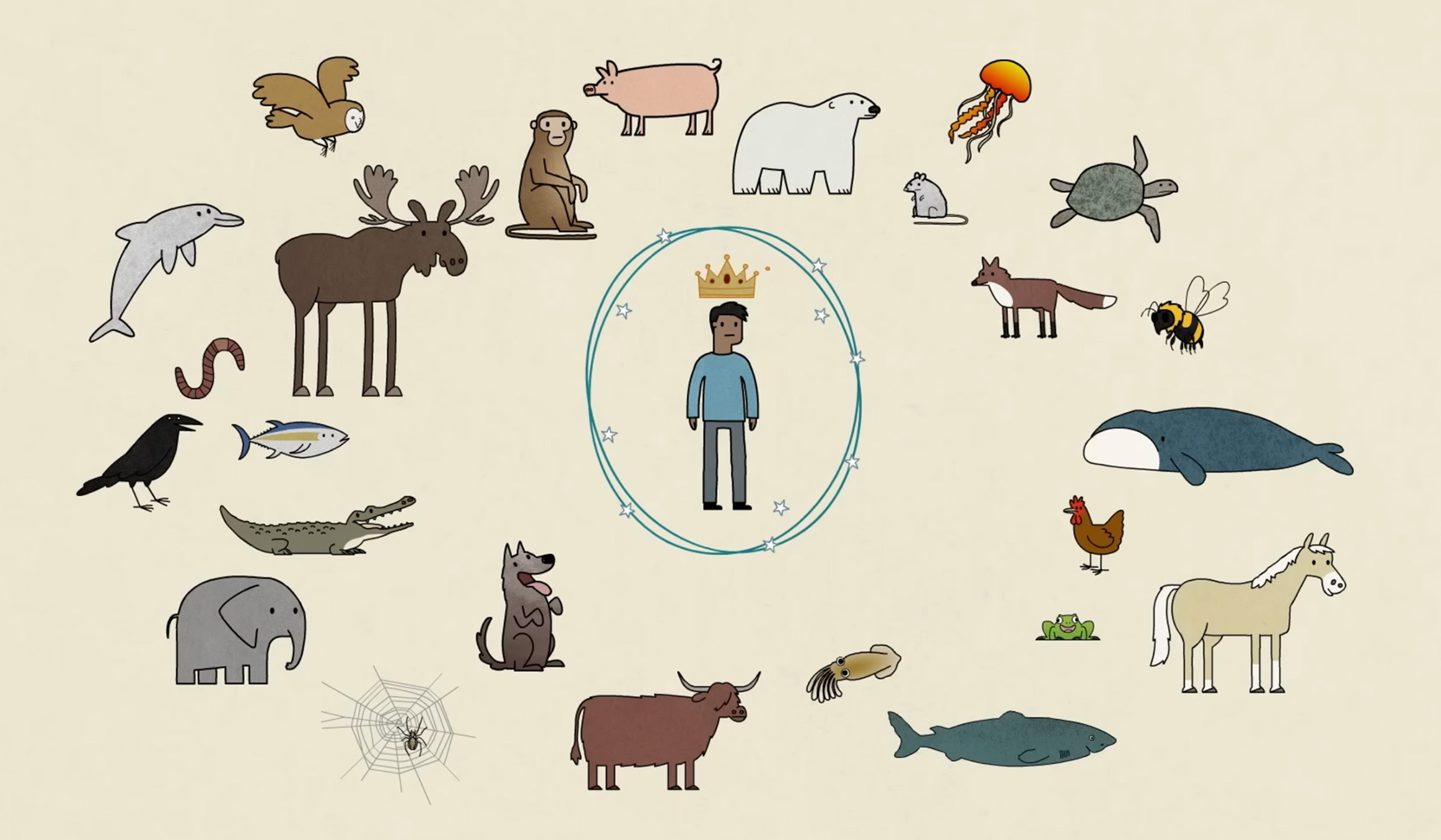
videoEthics
How many monkeys is it worth sacrificing to save a human life?
6 minutes
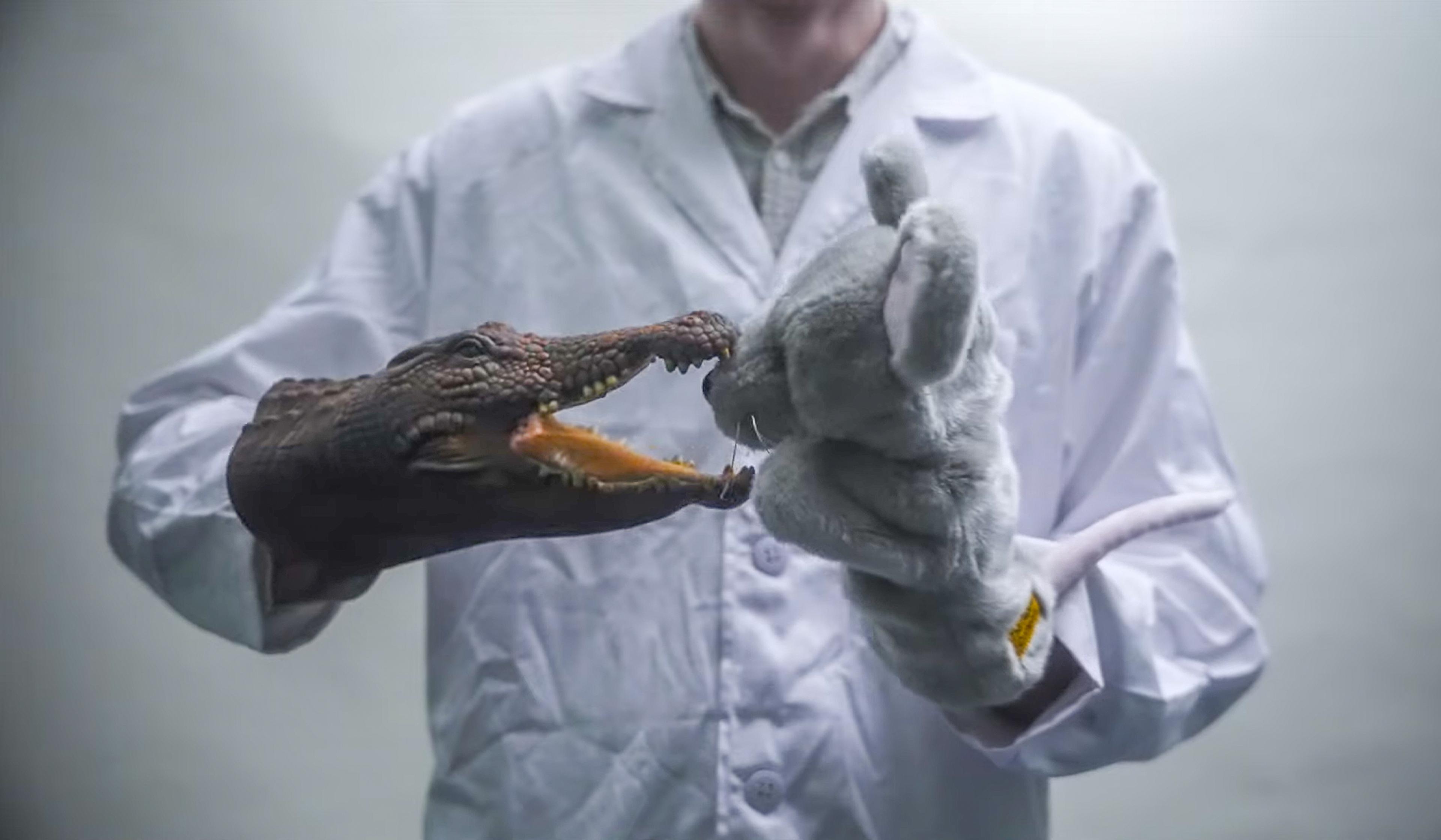
videoDeath
Even in modern secular societies, belief in an afterlife persists. Why?
9 minutes
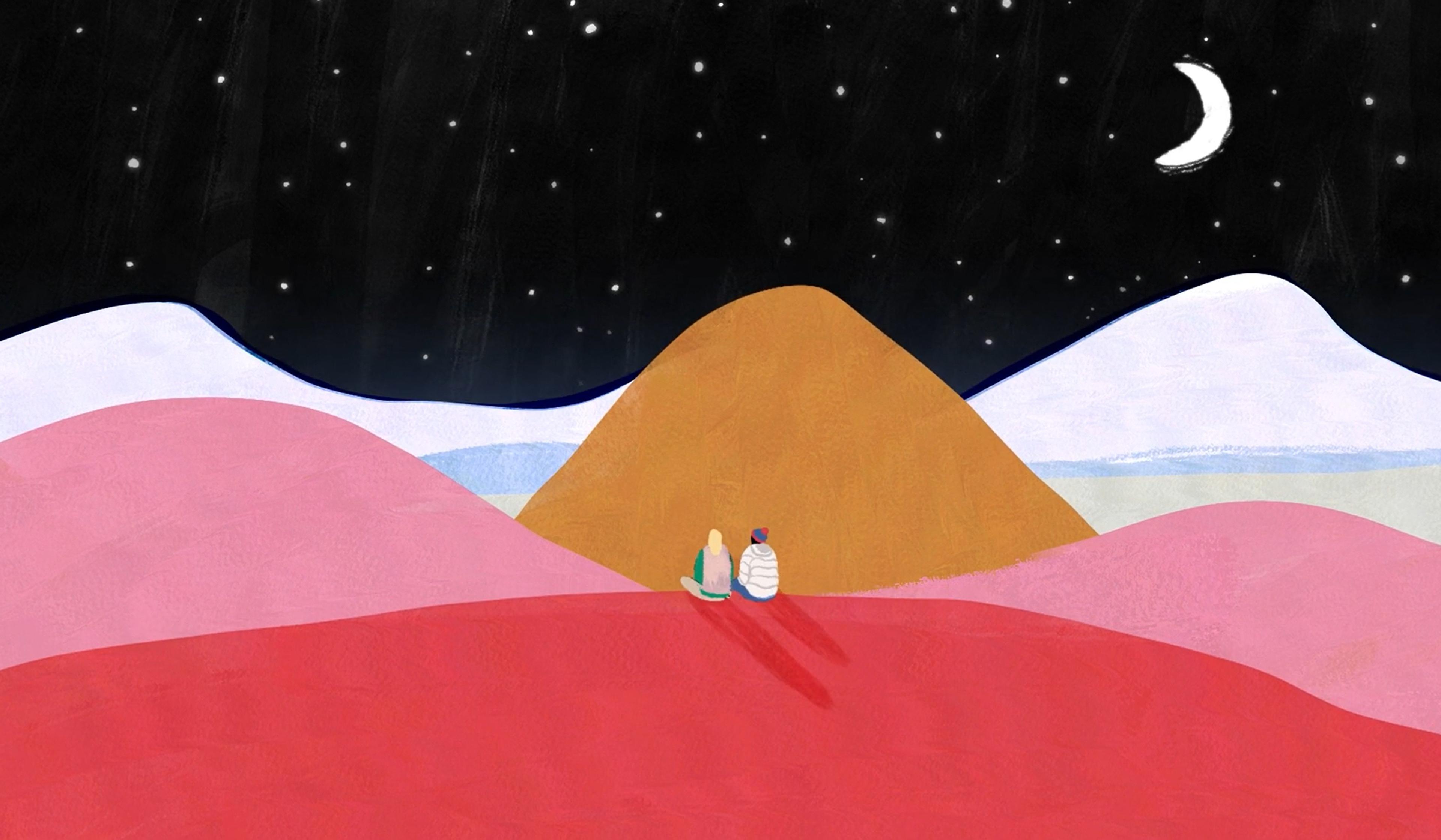
videoAgeing and death
Demystifying death – a palliative care specialist’s practical guide to life’s end
4 minutes
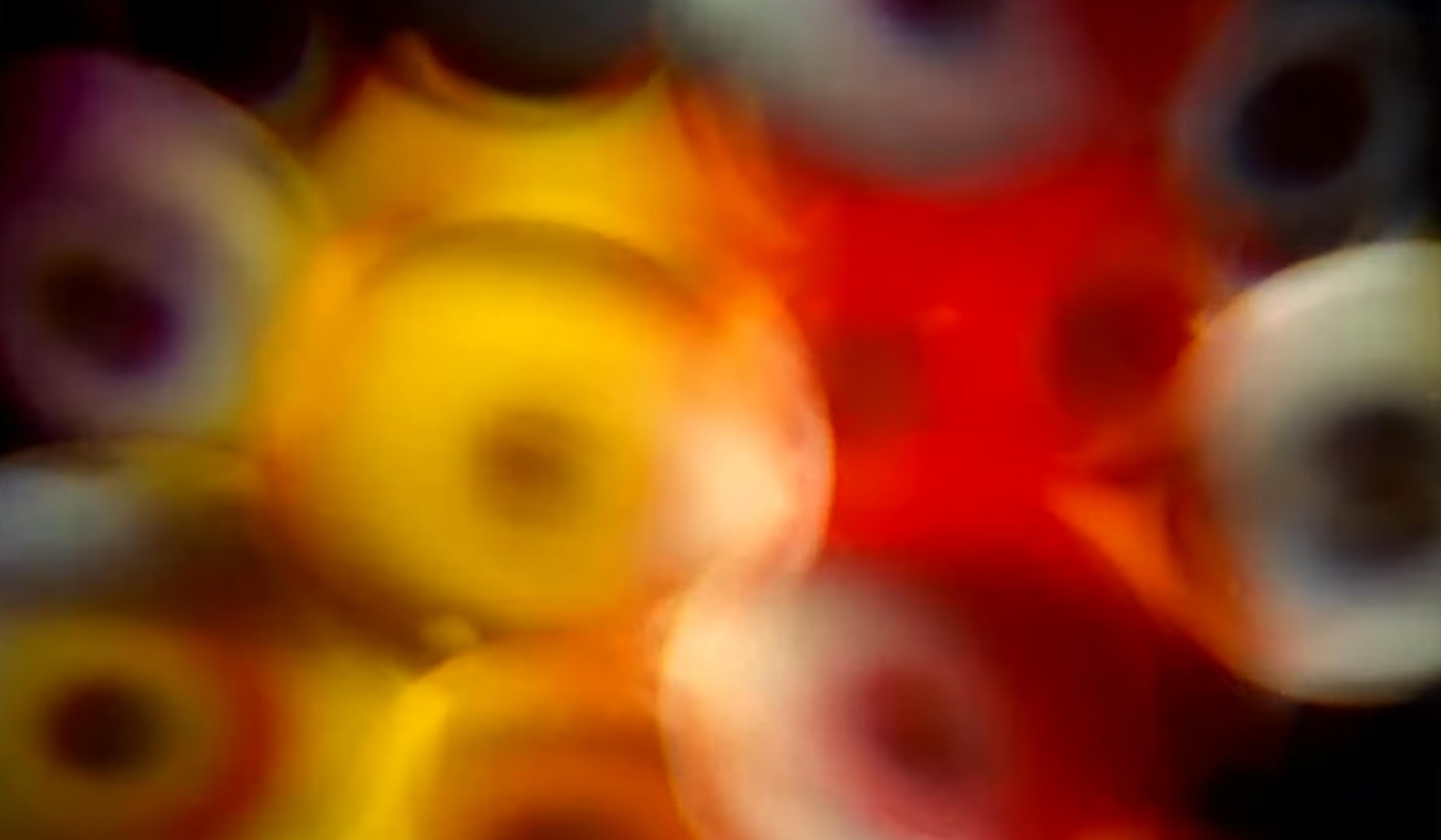
videoAgeing and death
Death is a trip – how new research links near-death and DMT experiences
9 minutes
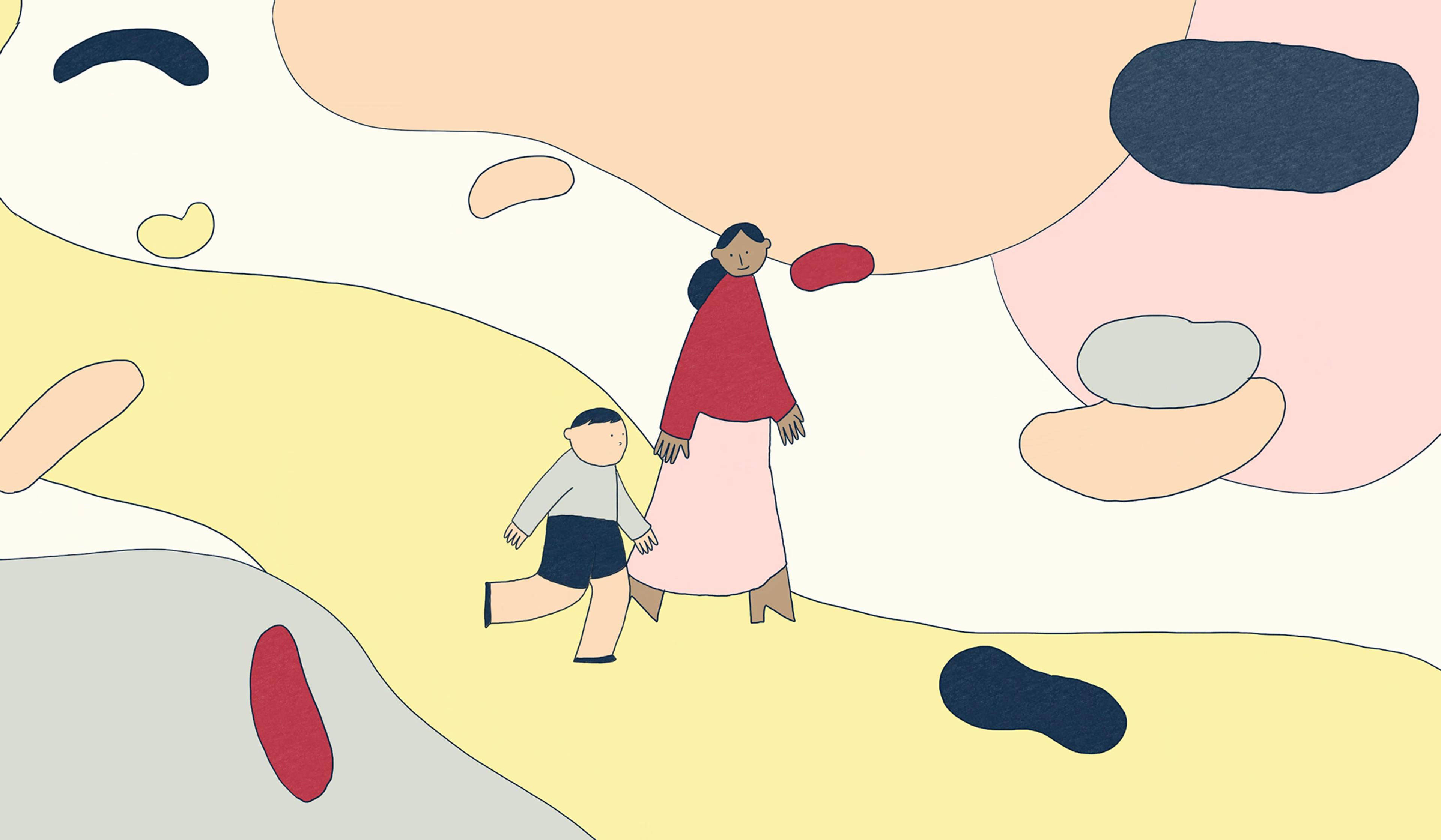
videoPhilosophy of mind
Caring for the vulnerable opens gateways to our richest, deepest brain states
7 minutes
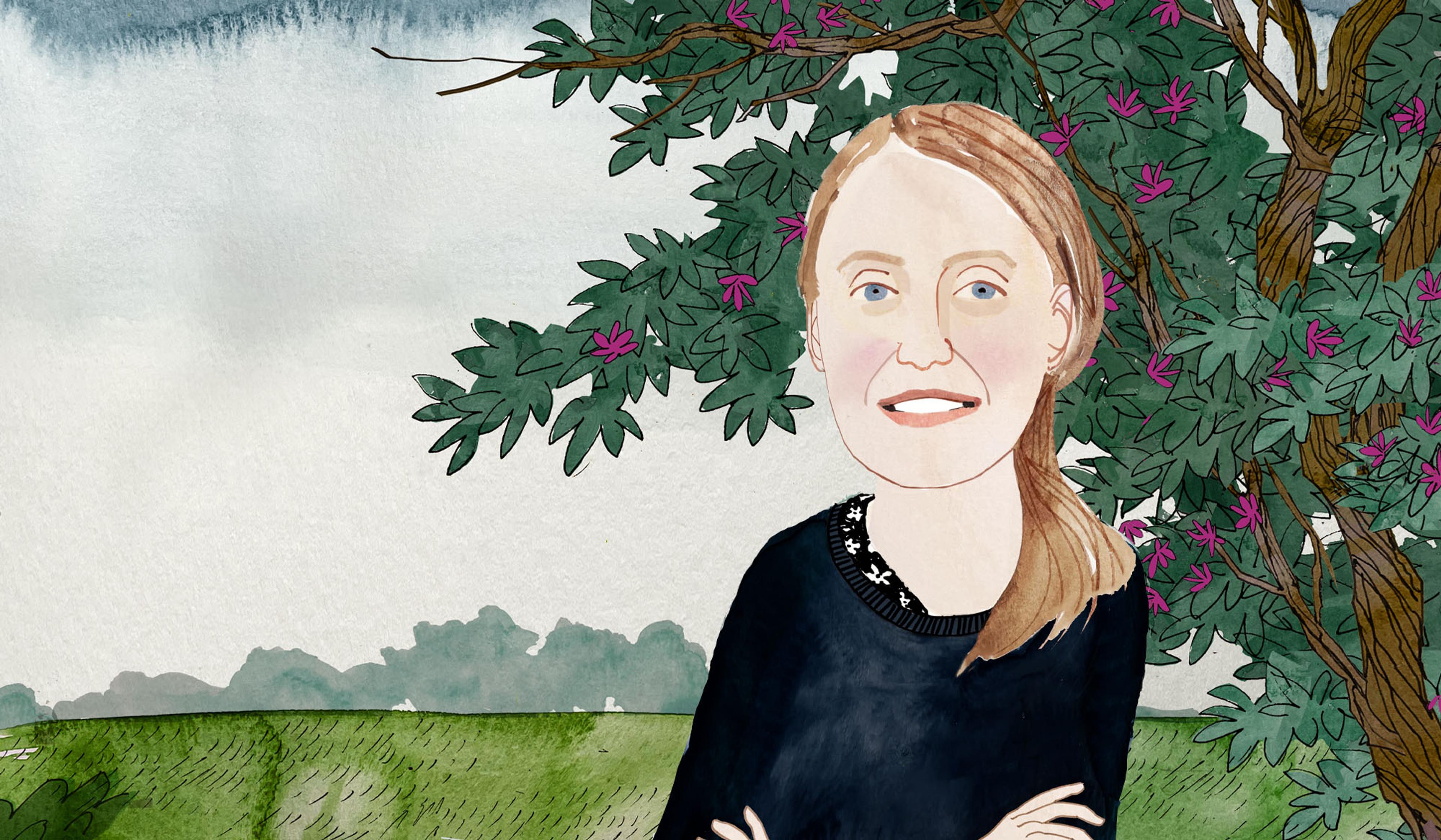
videoCognition and intelligence
How a ‘periodic table’ of animal intelligence could help to root out human bias
5 minutes

